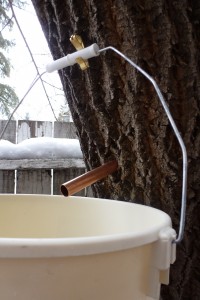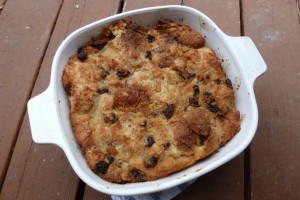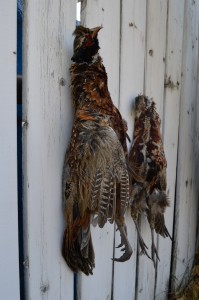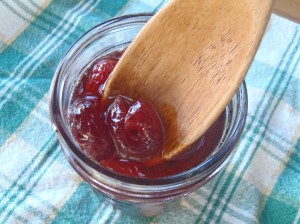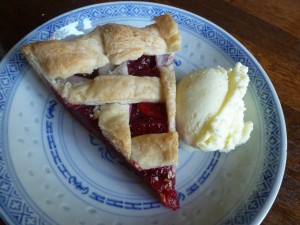 The doughnut: an important food that for most of my life I have known only in its commercial form. Other examples of such food include hot dogs, ketchup, and potato chips.
The doughnut: an important food that for most of my life I have known only in its commercial form. Other examples of such food include hot dogs, ketchup, and potato chips.
Until recently, every doughnut I had eaten was commercially produced. On top of that, the only freshly-fried doughnuts I had eaten were the mini-donuts at the Calgary Stampede, and a few Krispy Kremes.
As you might expect, the homemade version is vastly superior, especially when consumed within ninety seconds of being removed from the oil.
What would a Button Soup post be without some mention of spelling or etymology? For the longest time I assumed these pastries were originally called “doughnaughts,” as in naughts (zeroes) made out of dough, … Continue reading.
